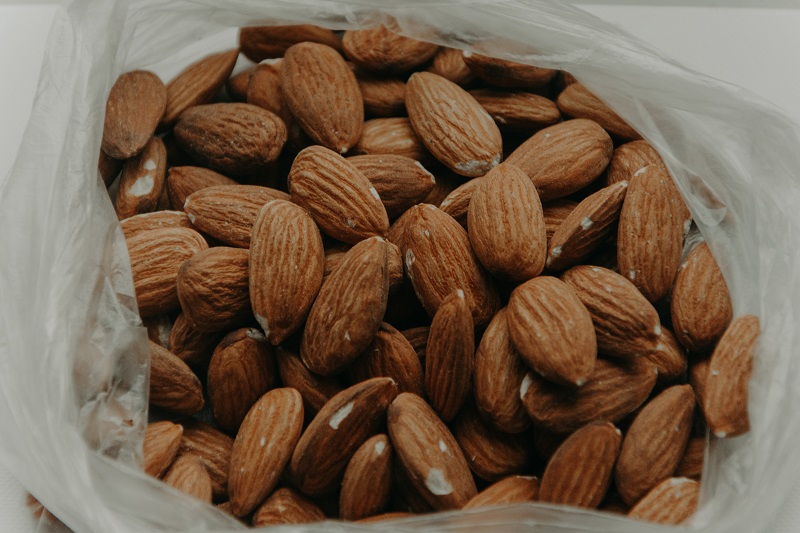La Niña Is Still in Control — What Does It Mean for Winter 2022-2023?
Will La Niña ever let go? The short answer: No, not just yet. According to NOAA scientists, the unique climate pattern is set to prevail through another winter season. This will mark the third consecutive La Niña-influenced winter.
Given that, NOAA’s U.S. Winter Outlook for 2022-2023 features weather extremes that have persisted in parts of the country for a while — most notably drought. A few months ago, the Farmers’ Almanac and The Old Farmer’s Almanac each released their own Winter 2022-2023 outlook. There are similarities between the two and also with what NOAA is predicting.
Here are some highlights regarding temperature and precipitation outlooks from NOAA’s Climate Prediction Center for Winter 2022-2023.
Temperature
- The greatest chance for warmer-than-average conditions are in western Alaska, the Central Great Basin, and Southwest, extending through the southern Plains.
- Warmer-than-average temperatures also are favored in the Southeast U.S. and along the Atlantic coast.
- Below-normal temperatures are favored from the Pacific Northwest, eastward to the western Great Lakes and the Alaska Panhandle.
Precipitation
- Wetter-than-average conditions are most likely in western Alaska, the Pacific Northwest, northern Rockies, Great Lakes, and the Ohio Valley.
- The greatest chances for drier-than-average conditions are forecast in portions of California, the Southwest, the southern Rockies, southern Plains, Gulf Coast, and much of the Southeast.
Watch the video to get a complete picture of NOAA’s U.S. Winter Outlook for 2022-2023.









